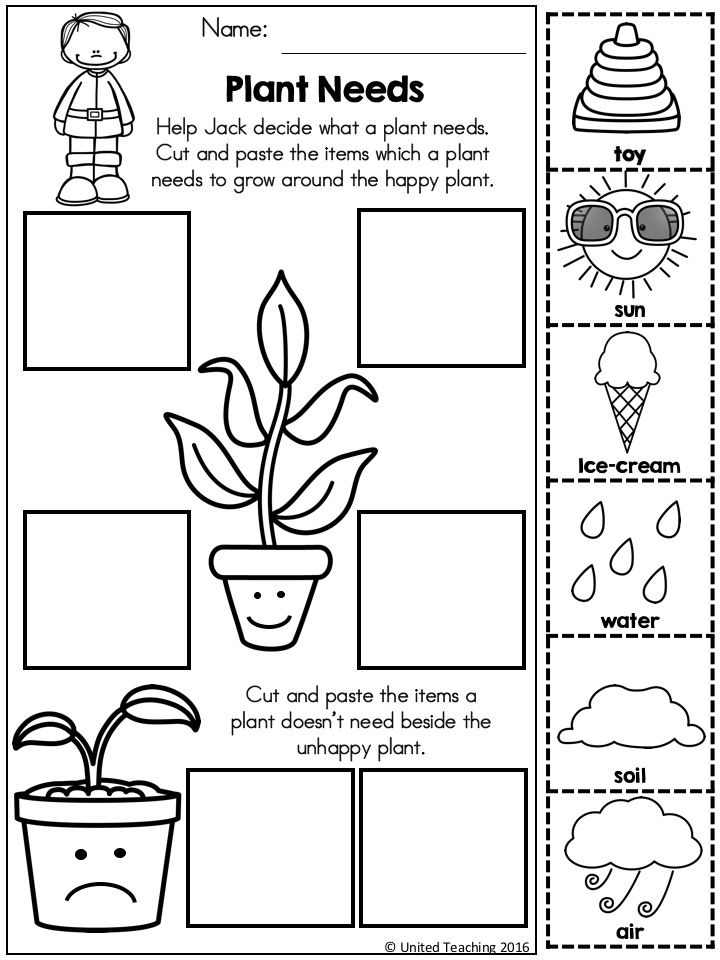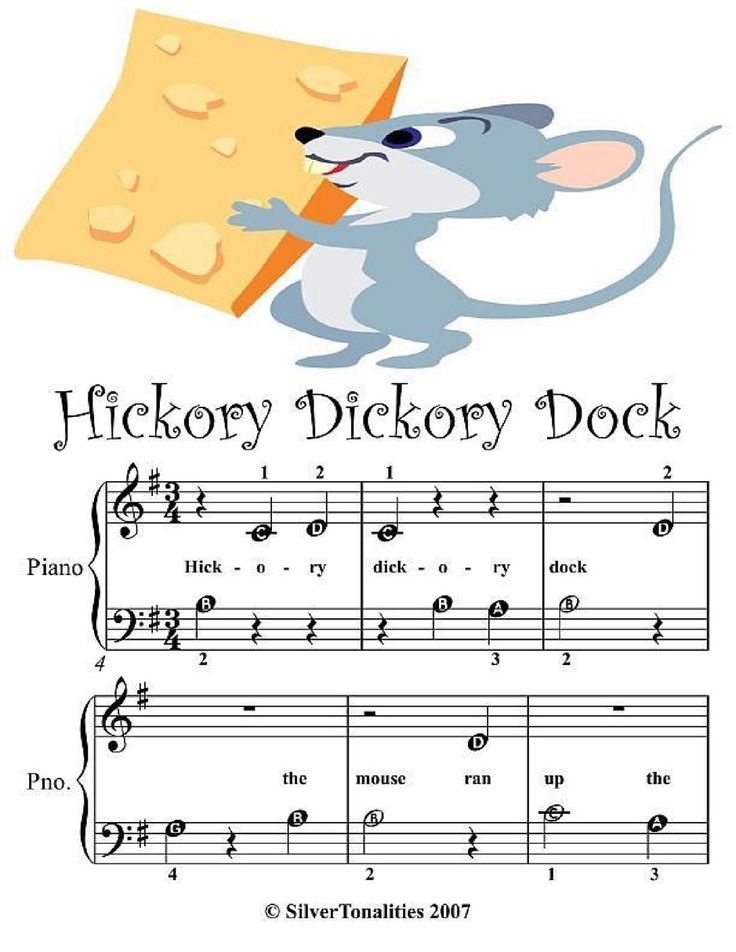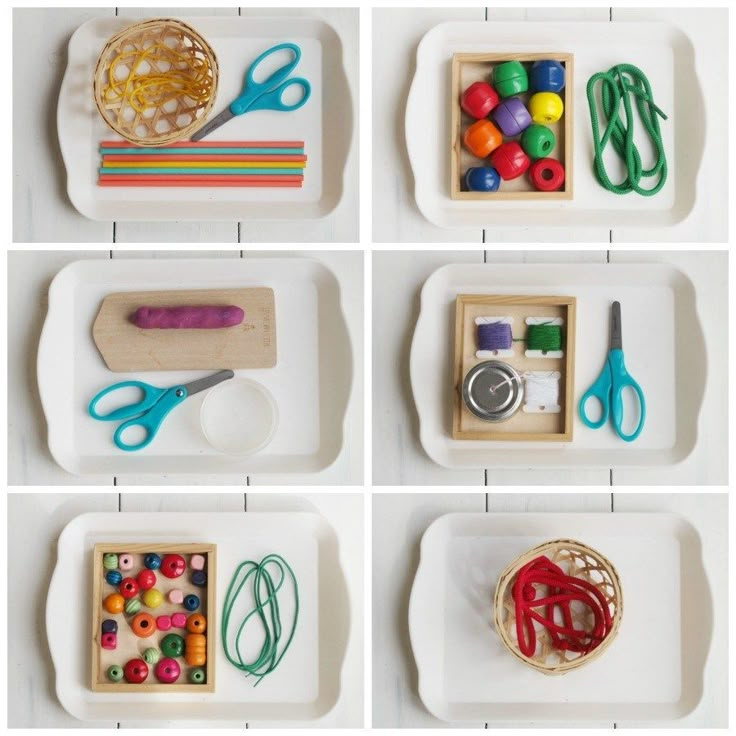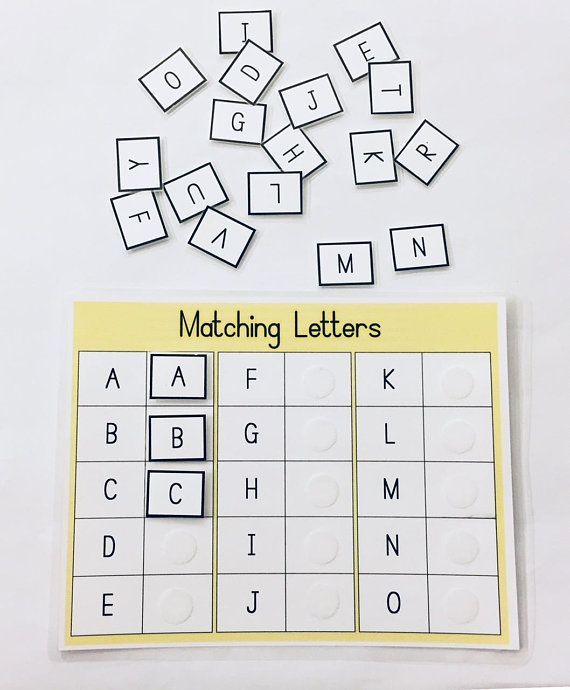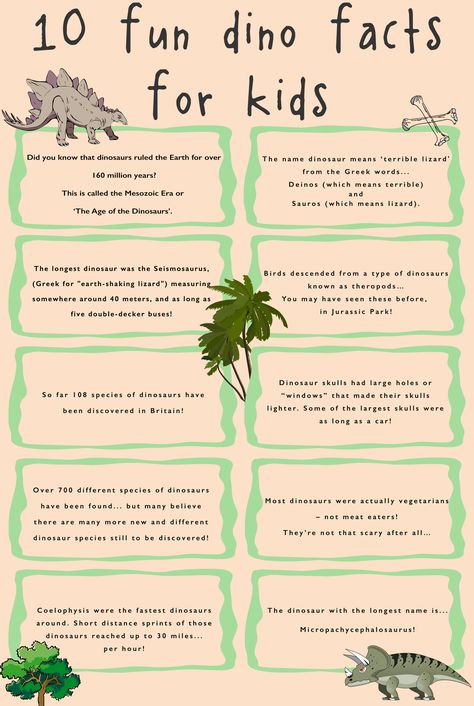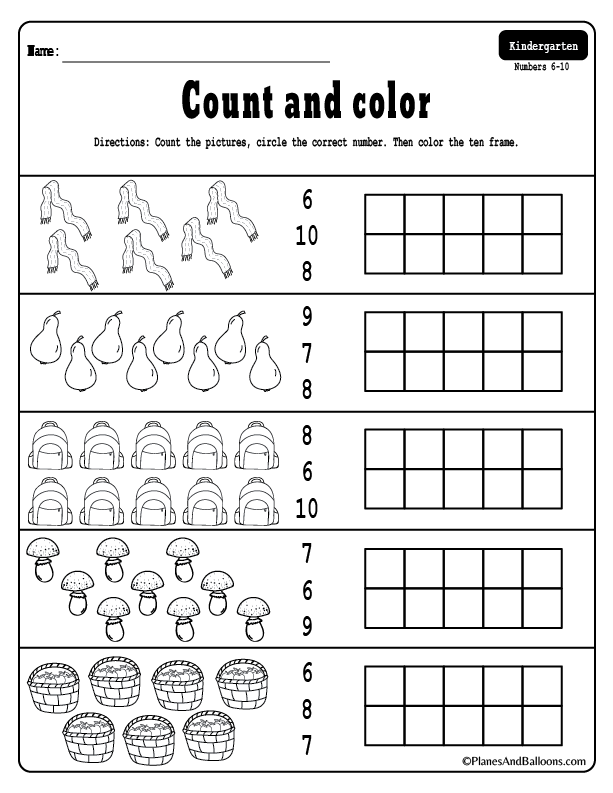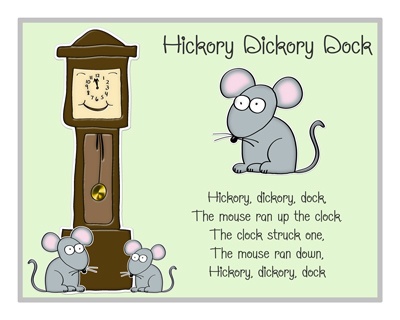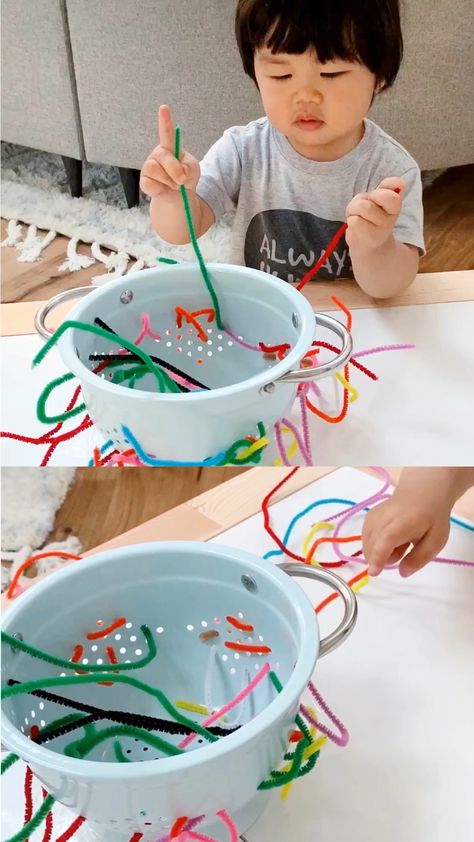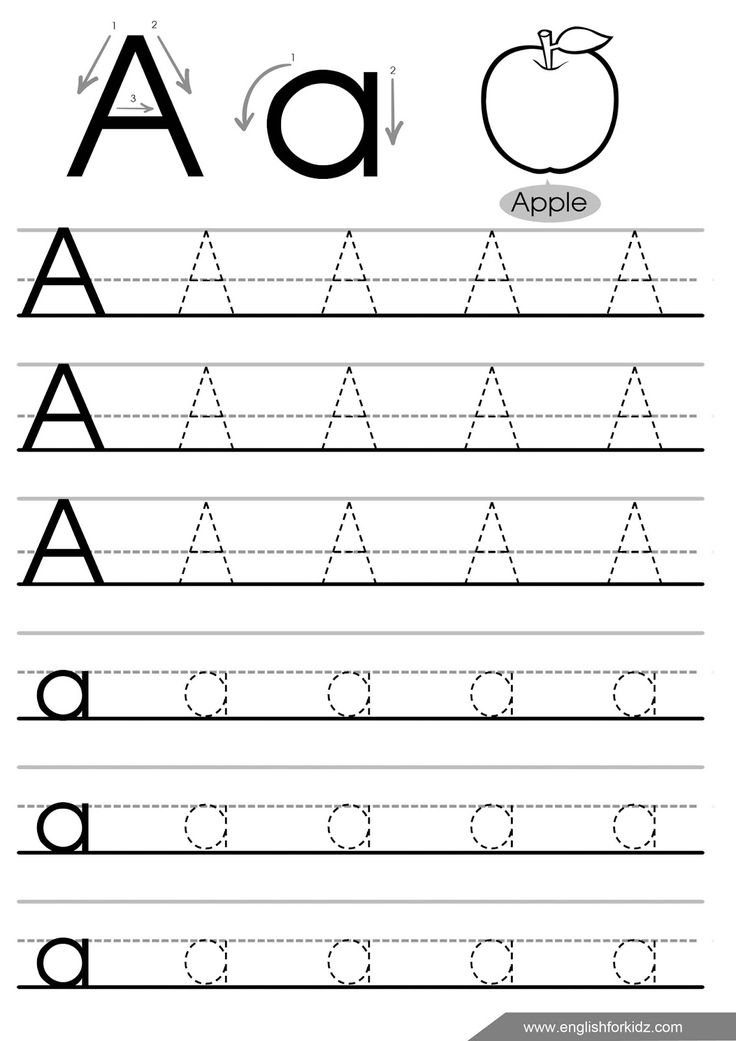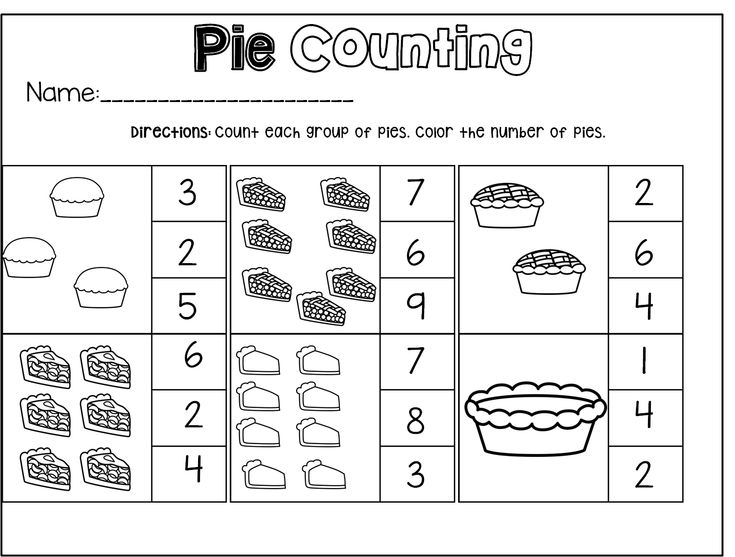Print awareness activities for kindergarten
Print Awareness Activities for Your Pre-K Child
Print awareness (also called "concepts of print") is the understanding that the squiggly lines on a page represent spoken language and that print is organized in a particular way. It is knowing that words consist of letters and that spaces appear between words. Print awareness is a child's earliest introduction to literacy.
Most children become aware of print long before they enter school. They see print all around them, on signs and billboards, in alphabet books and storybooks, and in labels, magazines, and newspapers. The ability to understand how print works does not emerge magically! Adults are "teaching" print awareness when they point out letters, words, and other features of print in a child's environment.
Demonstrate print awareness naturally as you read with your child — she will quickly learn how to hold a book, turn the pages while reading, and recognize that print is read from left to right and top to bottom.
Try these print awareness activities at home
Introducing ... the book!
Very young children need to learn what a book is for, the different parts of a book, how to hold it, the purpose of the print, and why we turn the pages.
Sit beside your child or hold him/her on your lap. Hold the book yourself or ask your child to hold the book so she can learn how to properly handle a book. While holding it closed, point out the front cover, and then turn the book over and point out the back cover. Turn back to the front cover and read the title, moving your finger under each word as you read it. You can also ask your child totalk about the picture on the cover and tell you what they think the story might be about.
Author, author
Point to the name of the author on the front of the book and tell your child that this is the person who thought of the story and wrote the words in the book. Then show your child the name of the illustrator and say that this is the person who created the drawings for the book.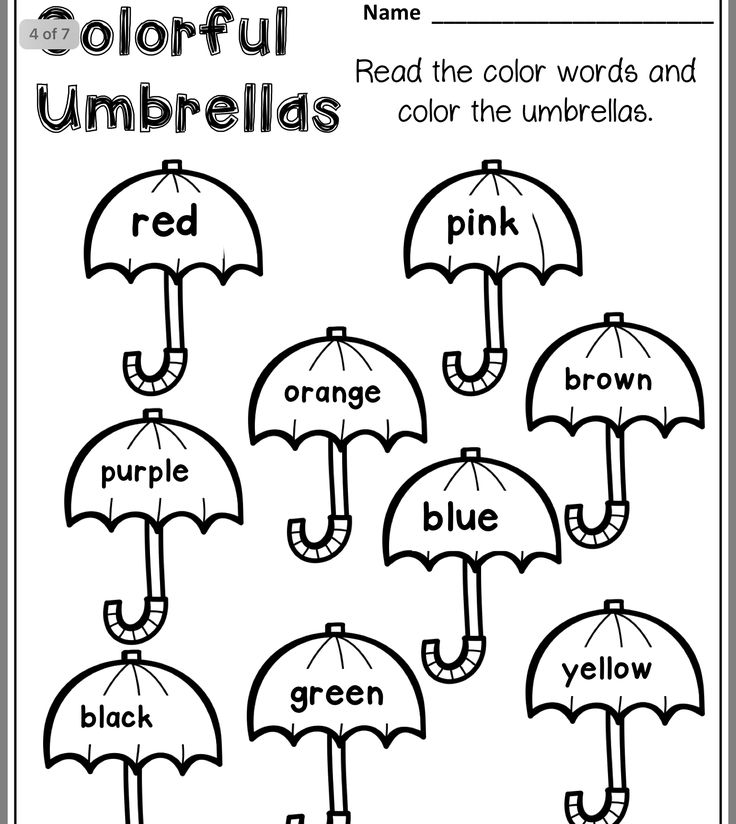 Sometime the author is also the illustrator!
Sometime the author is also the illustrator!
Left to right, then turn the page
Tell your child, "I am going to read this page first and then this page over here next." Or "This is the top of the page. This is where I begin reading." Ask your child, "Do we begin reading from the front or the back of the book?" When you turn the page of a book, you can ask your child to show you where to begin reading on a page.
The meaning of print
Point to words when reading with your child to show that print carries a message. For example, "Here are the penguin's words. He says, thank you."
What's a word?
Show your child that books are made up of letters that combine to form words. If your child is ready, point out simple some written words, say them aloud and talk about the match between spoken words and written words. For example, "Let's point to each word as I read it. Ready?"
Follow my finger
When reading aloud, follow the words with your finger from left to right as you read them along with pointing to the pictures and any interesting details.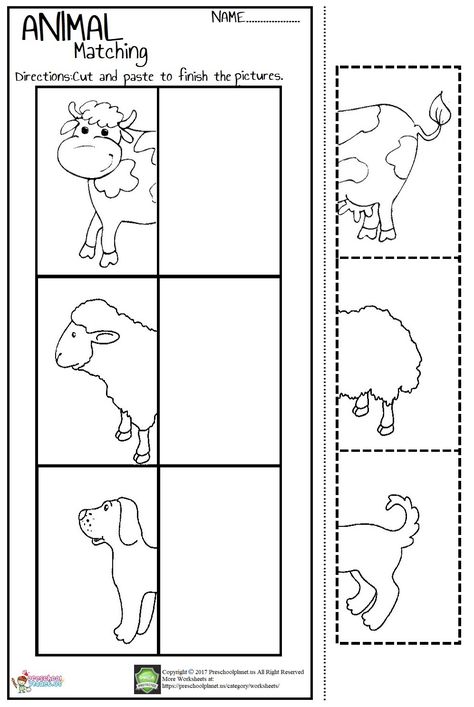 As your emergent reader starts to read, they will learn to do the same thing.
As your emergent reader starts to read, they will learn to do the same thing.
Introducing the alphabet
Point out individual letters in print and show how each letter has an uppercase and and lowercase form. Help your child learn the names of each letter. For example, "This M in the red block is an uppercase letter. See how this uppercase letter is bigger than these lowercase letters?" There are lots of easy to help your child learn the letters of the alphabet, including the following:
- Read alphabet books to your child.
- Make alphabet cookies and say the individual letter names as you start to eat each one!
- If your child eats alphabet-shaped cereal or soup, point out the letters he eats, particularly the letters in the child’s name.
- Make or buy alphabet letters and encourage your child to play with them.
This book is full of letters!
This is a fun kind of alphabet search. Choose any picture book you might have in your home and have your child find each letter in the print.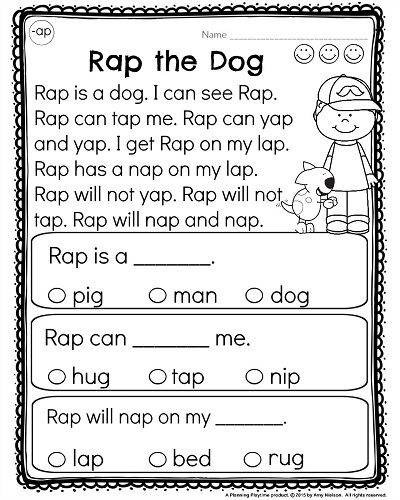 Your child may start by identifying letters randomly; later, your child can find the letters in alphabetical order. Look for lowercase and uppercase letters, too.
Your child may start by identifying letters randomly; later, your child can find the letters in alphabetical order. Look for lowercase and uppercase letters, too.
License plate alphabet
As you take walks with your child, be on the lookout for letters of the alphabet on the cars in your neighborhood. You can start with trying to find the letters in your child's name. Make it even more challenging by trying to find all of the letters from A to Z!
Be a letter and word explorer!
Environmental print is the print of everyday life. This includes familiar symbols, words, and numbers found on signs, billboards, coupons, and stores. They are a natural way for children to learn that print carries meaning. Understanding that the big K means Kmart is a first step toward learning to read.
Cereal boxes are colorful and interesting to look at. Ask your child to find the first letter of his name somewhere on the box. See if he can find other letters from his name too. Cut out familiar words from cereal boxes, labels from soup cans and from yogurt containers.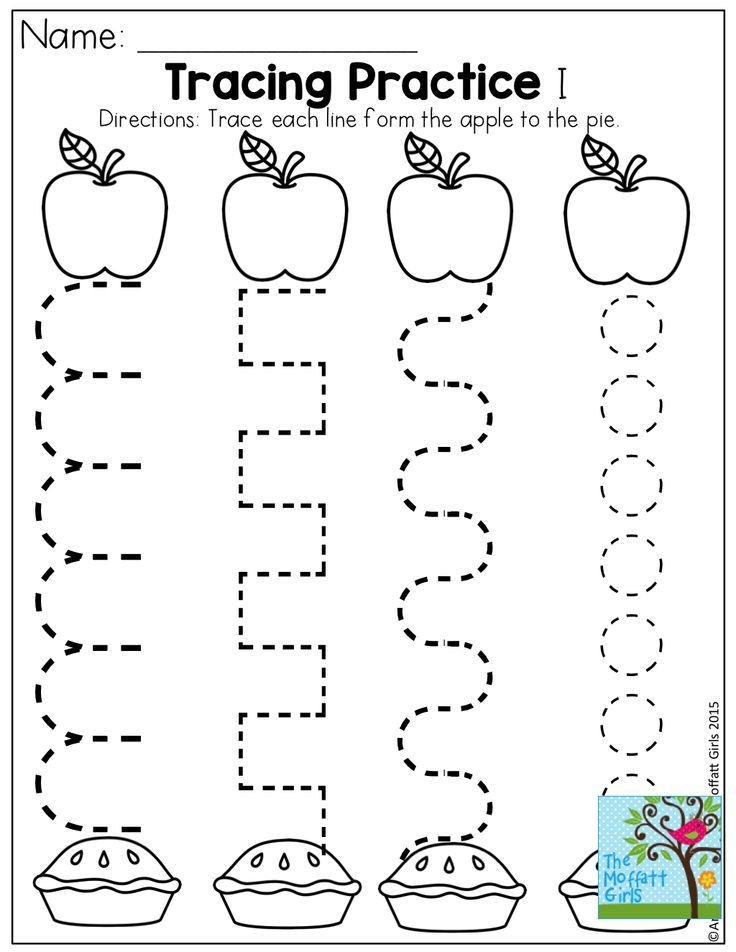 Use these individual words (Cheerios, tomato, Dannon) to talk about capital and lower case letters. Talk about the sounds of letters ("The letter T says 'tuh'").
Use these individual words (Cheerios, tomato, Dannon) to talk about capital and lower case letters. Talk about the sounds of letters ("The letter T says 'tuh'").
Becoming aware of print
Mira gets a head start on reading from her parents. Her mother does what reading researchers recommend: she finds opportunities to point out print and how it's used. (From our Launching Young Readers program, The Roots of Reading.)
Everyday moments to teach your child the alphabet
This video is from Home Reading Helper, a resource for parents to elevate children’s reading at home provided by Read Charlotte. Find more video, parent activities, printables, and other resources at Home Reading Helper.
More print awareness resources
Print Awareness for Pre-K | NC DPI
What is Print Awareness?
Print awareness is understanding the organization of print. Print awareness is also known as “print concepts” and “concepts of print”.
In pre-k, children demonstrate print awareness by:
- Recognizing print or words in the environment.
- Recognizing print has meaning or tells us something.
- Pointing to and naming a book's front cover, back cover, pages, and spine.
- Running a finger along words from left to right.
- Turning the pages of a book one at a time in the correct order.
- Recognizing that words are made of letters.
What Does it Look Like?
How can families support print awareness?
How can a child show they have print awareness?
Practice Activities
Introduce a Book: Each time you read a book to the child, point to and name parts of the book: front cover, back cover, title, and spine.
Author and Illustrator: Share the author's and illustrator's name(s) of book read, describing each of their jobs. An author writes the words and the illustrator creates pictures for us to see.
Left to Right: Move your finger under each word as you read. Invite the child to move their finger with yours. When you turn a page, ask the child where you should start reading.
Words are Made of Letters: Point to a nearby word and talk about how many letters make up the word in a meaningful way (e.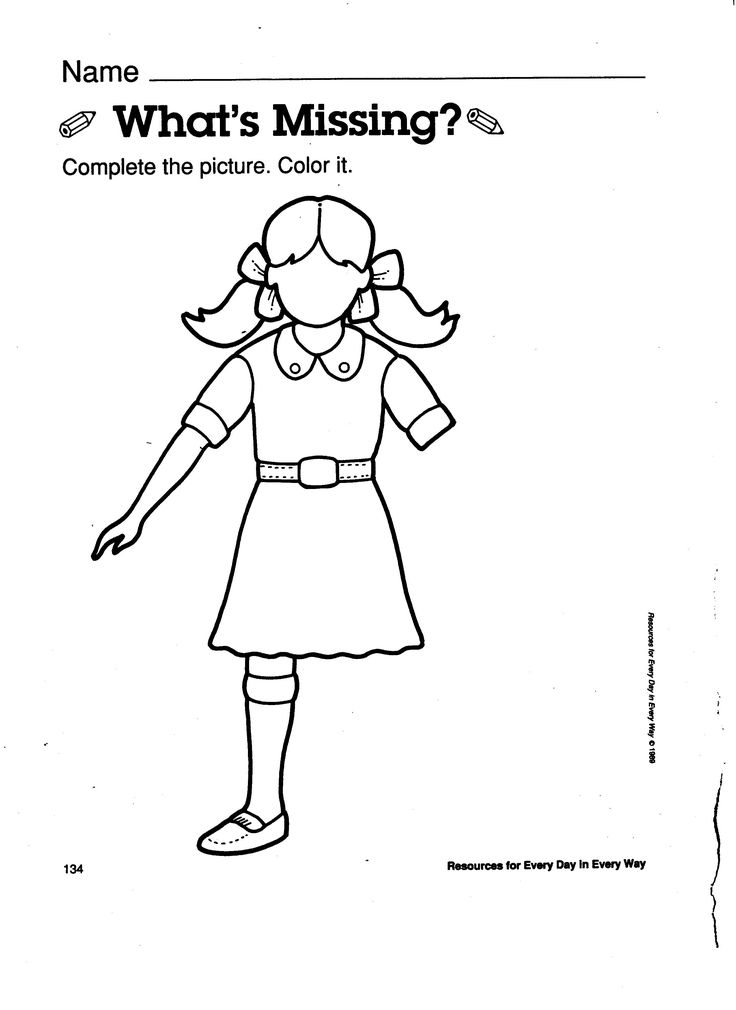 g., The word cat starts with C, just like your name. The word cat has 1, 2, 3 letters. Callie has six letters!).
g., The word cat starts with C, just like your name. The word cat has 1, 2, 3 letters. Callie has six letters!).
Word or Letter Sort: Cut numbers and letters from print materials (e.g., magazines, newspaper, junk mail). Have the child sort letters and numbers by placing letters in one pile and numbers in another.
Draw and Tell: Invite the child to draw with any available materials (e.g., crayons, chalk, pencils, markers). After the child has finished, ask them to tell you about their drawing. As they explain their creation, write what they say. Read what you have written aloud to the child, connecting the child's spoken words to print.
Practice Activities (with Printables)
If you don't have a printer, your child's school will print these for you.
Print Awareness/Concepts: Observe the child while you read together and discuss print concepts (e.g., front of book, back of book, running finger under words).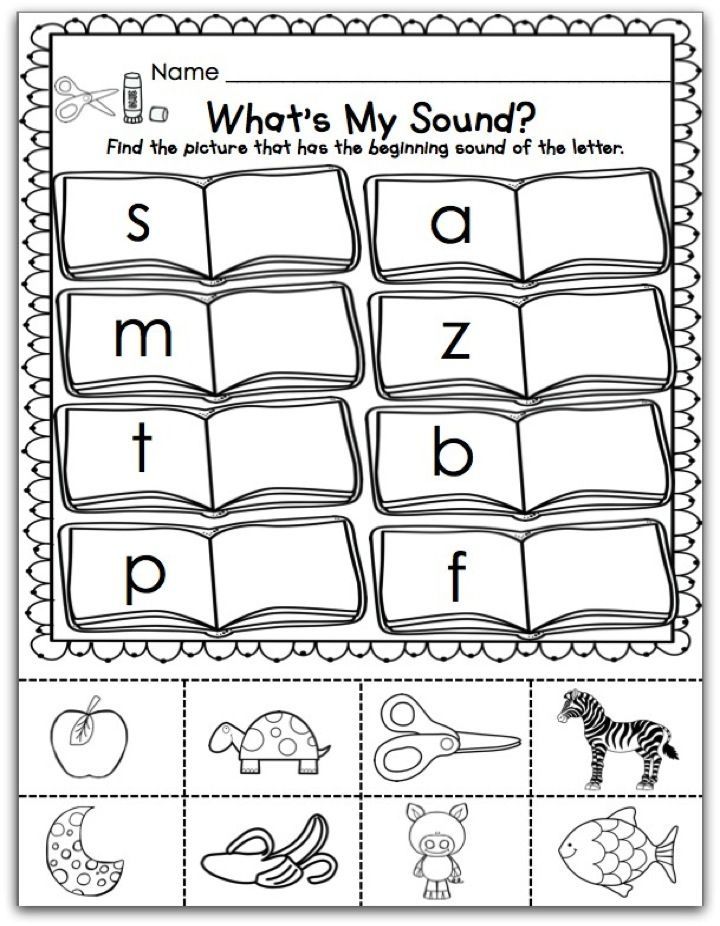 Print Concepts Observation Checklist
Print Concepts Observation Checklist
Parent Tip Sheet: Support the development of print concepts while reading with the child. A Parent's Guide to Print Concepts
Online Activities
Keep It Simple: This video shows basic print concepts using a popular children's book. Read the words to the child as you watch together.
Read the Signs: This Classroom Connection lesson includes reading signs. Continue reading signs where ever you go (e.g., school, store, place of worship, sporting event, park, library).
Concepts Lesson: This Classroom Connection lesson shows how print concepts are used during reading.
Puppy Paints Lesson: This Classroom Connection lesson includes practice with print concepts and the letter P.
Is It a Baby Animal?: This Classroom Connection lesson includes practice with print concepts and building vocabulary by sorting.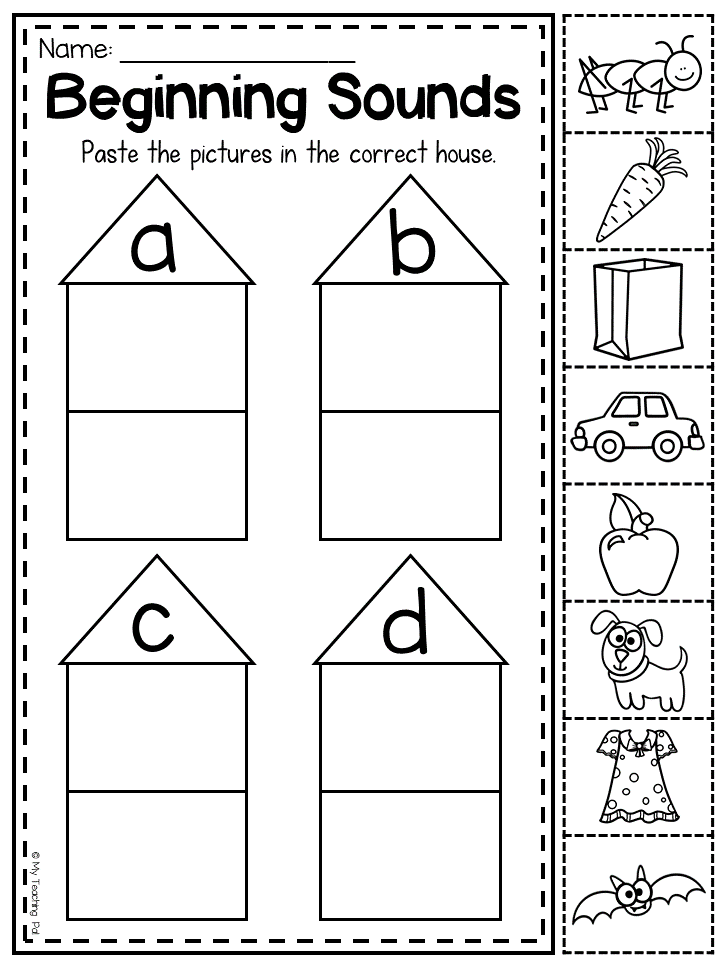
Reading Buddies PBS TV Series
The Reading League’s Reading Buddies is an engaging foundational reading television series that cleverly teaches underlying components of skillful word reading such as phonological awareness, letter names/sounds, and blending sounds to decode words.
Events - Official site of Kindergarten No. 13 Teremok, Anapa
- This entry was published on: 10.07.2021
- Post category: Events
In our kindergarten, the event "Where the Motherland Begins" was held, the purpose of which is to foster love for the Motherland, inculcate family values, respect for nature.
Continue readingHow Motherland begins
nine0002 Today in our kindergarten there was an event dedicated to the Victory Day! The war is over, and the guns fell silent, And the years have smoothed out the great misfortune, And we live, and we meet the spring again, We meet the Day .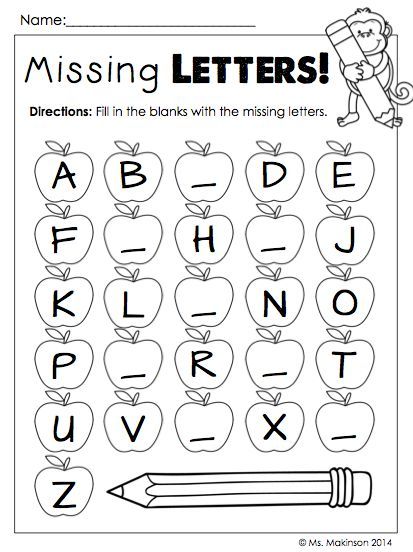 ..
..
Continue readingVictory Day
- This entry was published on: 01/11/2018 nine0006 Post category: Events
New Year is the most beloved, kind, fabulous holiday that is expected in every home, in every family. New Year is always the expectation of a miracle, magical transformations, adventures and amazing changes. From 26 to…
Continue readingNew Year's parties
- This entry was published on 11/30/2017
- Post category: Events
In MBDOU d / s No. 13 "Teremok" on November 29, 2017, a quest was held - the game "Connoisseurs of Nature", dedicated to the year of Ecology in Russia.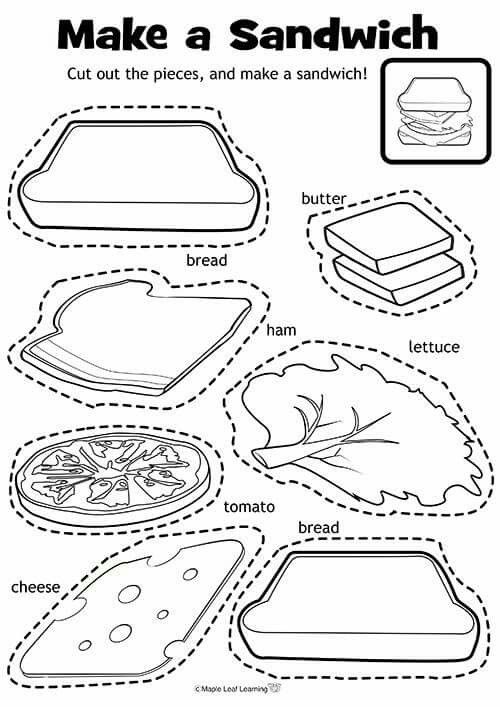 The quest was attended by children of senior and preparatory school…
The quest was attended by children of senior and preparatory school…
Continue readingEnvironmental quest
- This entry was published on: 11/22/2017
- Post category: Events
Report on the activities carried out in the kindergarten for Mother's Day Main areas of work: Summarize the knowledge of preschool children about the international holiday "Mother's Day"; Encourage children to express gratitude to their mothers for caring…
Continue reading Mother's Day
- This entry was published on: 11/22/2017
- Post category: Events
Continuing the practice of working to educate the basics of a safe stay of children on the roads, on November 16, the Road ABC campaign was held at the MBDOU d / s No.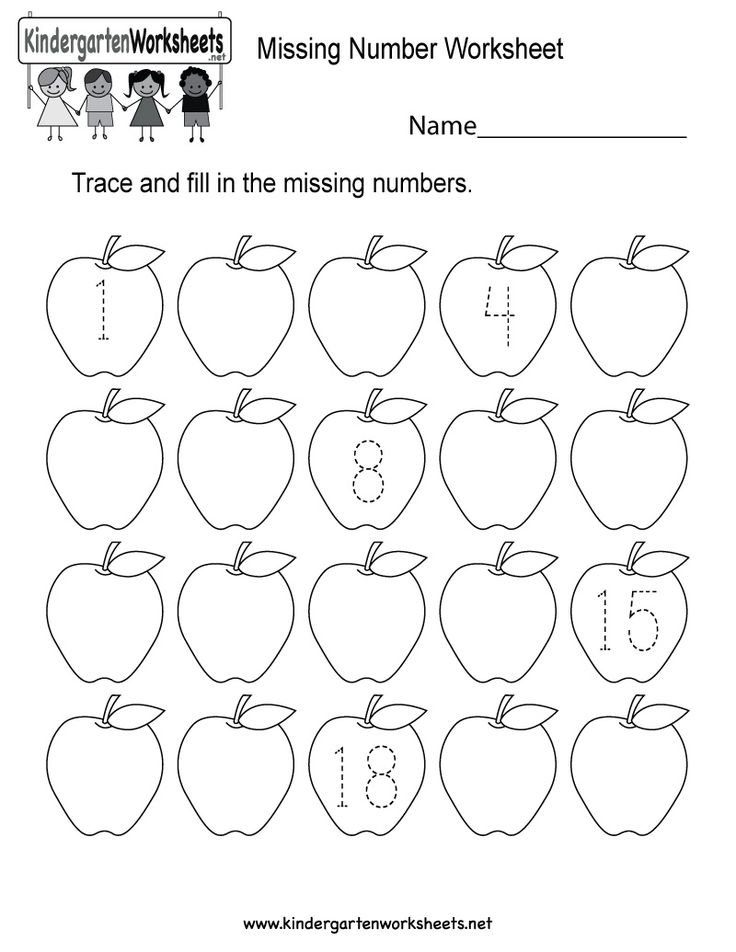 13 "Teremok" to comply with traffic rules. "…
13 "Teremok" to comply with traffic rules. "…
Continue readingRoad alphabet
- This entry was published on: 11/04/2017
- Post category: Events
Every year at the end of October - beginning of November, the autumn festival is celebrated in the kindergarten. This holiday has a significant meaning: it is the development of the child's creative abilities, and the instillation of love in him ...
Continue readingReport on the autumn holidays
MBU Kindergarten No. 26
nine0095Information about the educational organization
Reception at MBU
is always in touch
Correct-developing support for children with disabilities
Children's safety
Passport of the federal project “Strengthening public Health”
Corporate model programs “Strengthening the PROPRAINITION“ Strengthen
LIBRARY OF CORPORATE HEALTH PROGRAMS
List of main events
- < Back
- Next >
House, where health lives
Important
Please estimate the level of corruption in kindergarten No.
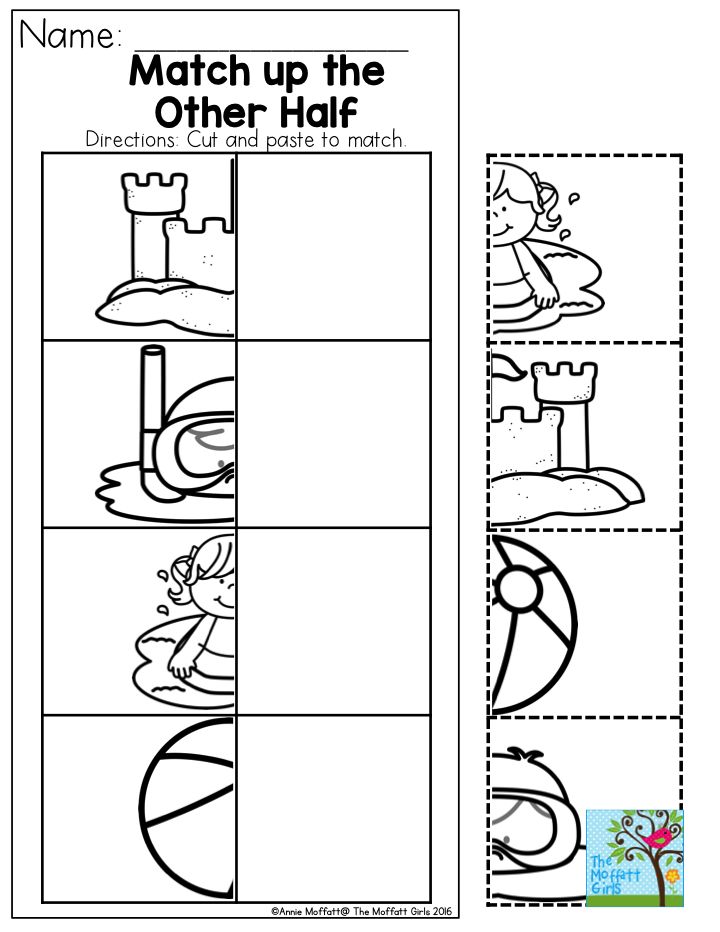 26 "Tale"
26 "Tale" High - 0%
Average - 5.6%
low - 94.4%
3 : 18Voting for this poll has ended on: 31 May 2022 - 00:00
Detailed statistics
NATIONAL PROJECT "EDUCATION"
School soon!
Teachers
Regional Portal of Public Services of the Samara Region
It is important for us to know your opinion
Contact information 900 nine0110 address:
445010, Samara region, Tolyatti, st. Leningradskaya, 54Phone: 8-8482-31-95-41, 8-8482-95-52-72
Fax: 8-8482-28-31-39
e-mail: This email address is being protected from spambots. You must have JavaScript enabled to view.
Attention! Personal data of pupils are published on the official website of the MBU kindergarten No. 26 "Fairy Tale" strictly with the written consent of their parents (legal representatives) in accordance with the requirements of Article 9Federal Law No.